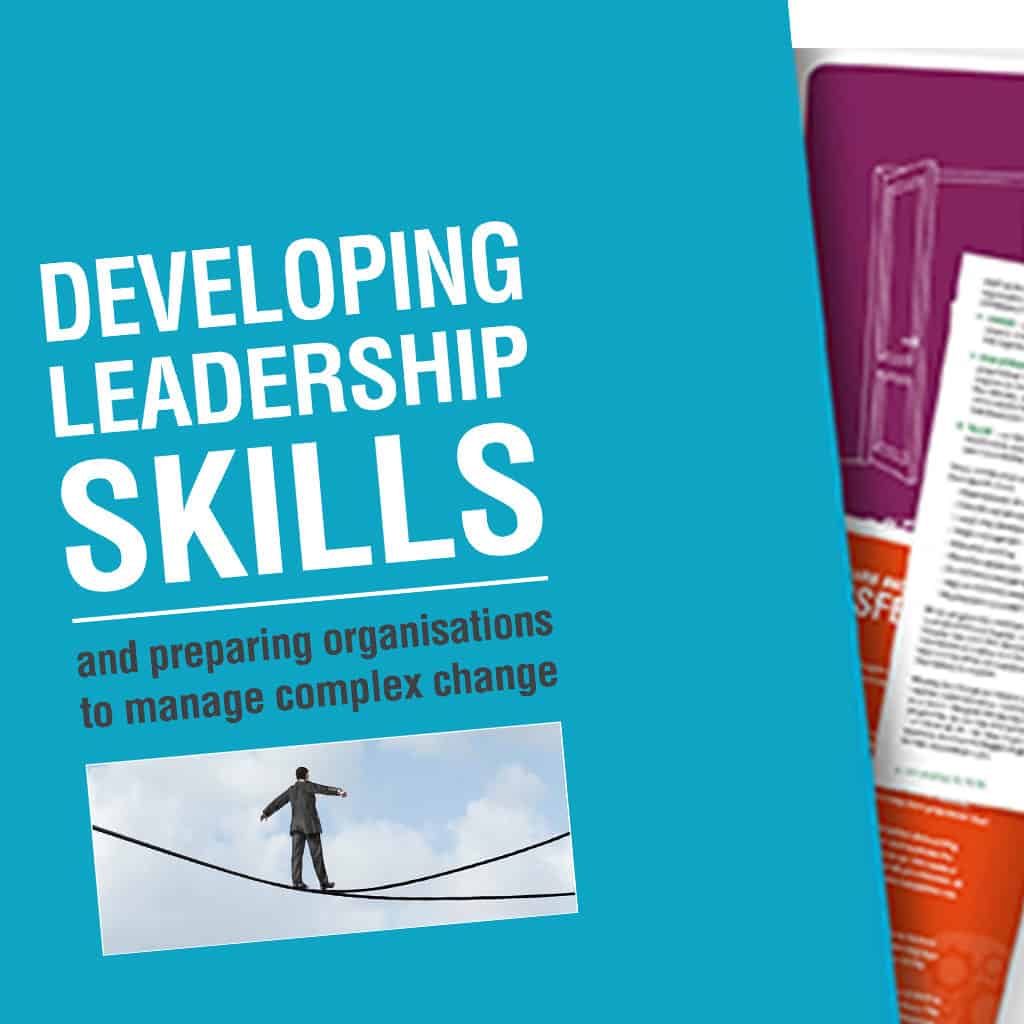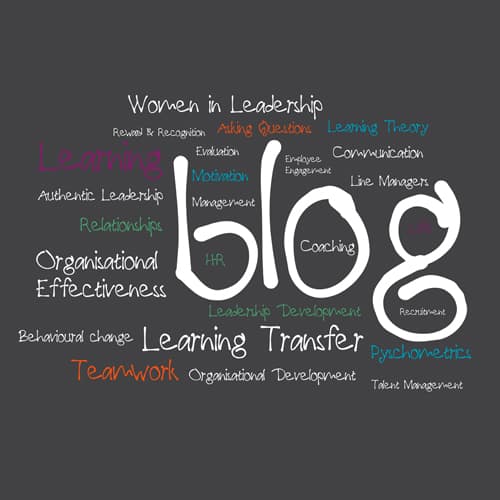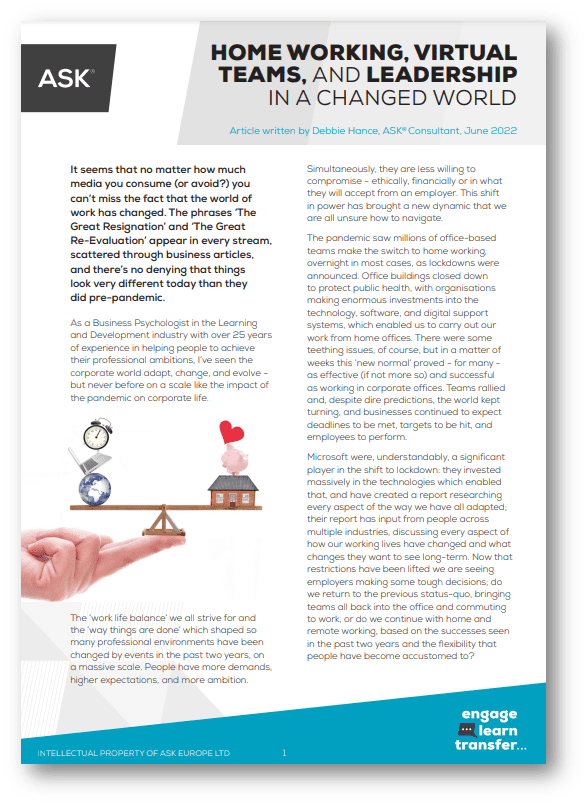Hunting, Fishing and Trawling for diversity: the net benefits of promoting women into leadership
Trawling for diversity: the net benefits of promoting women
Do you have a diverse team?
Leadership pipelines, succession planning, and talent development are ongoing organisational headaches. A McKinsey Insights article agreed, arguing that “Organizations should learn to hunt, fish, and trawl for the best talent.” The problem seems to be one of diversity: where they cast their nets – and what or who they are aiming to catch.
Most organisations (or at least those that don’t recruit inward, despite the costs and risks associated) rely on in-house programmes with pre-determined selection criteria. But are they looking for HiPos when they should try a different kettle of fish? Few organisations, McKinsey argues:
[…] scan systematically for the hidden talent that often lurks unnoticed within their own corporate ranks. Sometimes those overlooked leaders remain invisible because of gender, racial, or other biases. Others may have unconventional backgrounds, be reluctant to put themselves forward, or have fallen off (or steered clear of) the standard development path.
That selection and promotion are areas of life where (un)conscious bias is a contentious and troublesome issue is not news, even if that does not necessarily translate into corrective action. But the tendency in many organisations to base criteria on ‘tried and tested’ leadership attributes may also be a growing issue, especially in times of rapid change and rising turbulence.
Echoing the findings of the 2017 Edelman Trust Barometer (which we have previously commented on), the 2016 Ketchum Leadership Communication Monitor reports dismal levels of public support for the effectiveness of leaders. Unlike Edelman, it also explores the type of leadership that would be more appreciated – and finds that a higher percentage believe that leadership would be more effective coming from the company/organization overall and everyone within it than would place their faith in either the CEO or senior management.
But the findings also highlight issues of behaviour as well as relative status, commenting that:
In parallel, while the world continues to look to male leaders to steer us through difficult times (61 percent for male over 39 percent for female), female leaders in 2016 continue to outperform male counterparts on a majority of the attributes seen as most important to effective leadership, including all of the top three: leading by example, communicating in an open and transparent way, and admitting mistakes.
Greater gender balance might, however, be helpful – yet the glass ceiling shows little sign of breaking. Indeed, Ketchum report that the glass is becoming thicker and more multi-layered: while race and gender have both long been identified as barriers to workplace progress, majorities of correspondents now consider sexual orientation and disability to be even greater barriers – and a near majority (47%) consider religious beliefs to be another hurdle.
These figures don’t, however, mean that we have turned into a race of rabid interventionists:
[…] when it comes to shattering that leadership glass ceiling, respondents view new laws and legislation as less effective than actions by companies and other employers and individual responsibility.
Are you really ready to lead?
These same attributes have been the most highlighted since 2014, since when all three have attracted increasing scores from respondents. This is not, of course, to advocate compulsory gender-reassignment surgery for the C-Suite. The point here is more about behaviour than biology, but as Ketchum observe in their commentary:
[…] the question for leaders of all kinds is simple – are you truly ready to lead and communicate in a world craving leadership that is more “feminine”, titleless and diverse?
Those whose opinions are swayed only by the bottom line might take notice of the Ketchum report’s introductory pages, which show 65% of respondents boycotting or buying less from companies as a judgement on leadership behaviour – and 47% buying more. Trust, quite literally, pays dividends.
If a more diverse – and, to be blunt, less male – leadership might be one way to refresh the thinking at senior levels in your organisation, another kind of free thinking may need to happen first: addressing how to help women to rise through the ranks.
Our Women in Leadership coaching service offers a specific programme for each client, matching them with a coach from our highly experienced and qualified pool. We take an integrated approach that strikes a balance between:
- The coaching client’s career stage
- Their individual needs
- Proven, effective coping strategies



